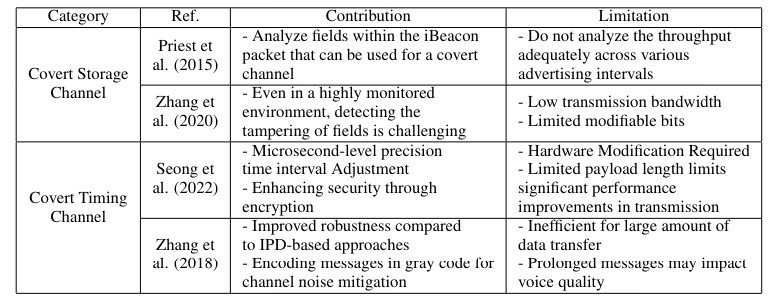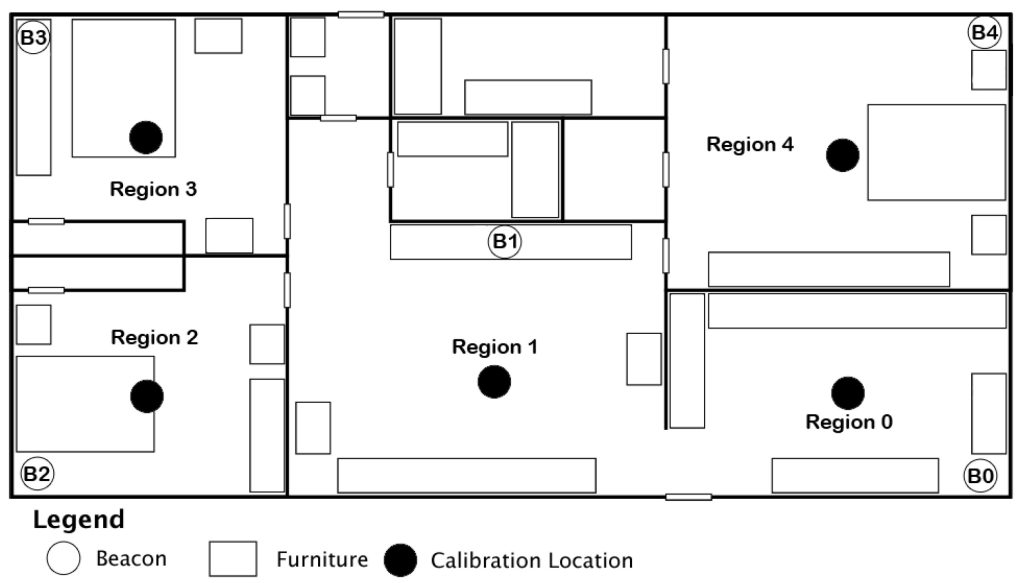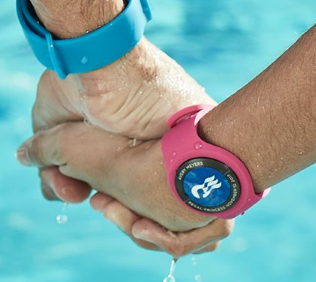Recent research provides a detailed survey on Bluetooth indoor localisation. The paper underscores the importance of indoor localisation and the unique challenges it presents, such as the inability of GPS to function indoors.
There’s an overview of the types of localisation methods, including triangulation, scene analysis and proximity, as well as the metrics used in these systems. The main localisation techniques discussed are RSSI (Received Signal Strength Indicator), CSI (Channel State Information), fingerprinting and other methods like Angle of Arrival (AoA) and Time of Flight (ToF). RSSI is widely used in Bluetooth localisation but suffers from poorer accuracy due to environmental factors. In contrast, CSI is rarely used due to protocol limitations. Fingerprinting is sometimes employed, involving the pre-collection of measured signal strengths to create a database for location matching.
The survey identifies issues affecting Bluetooth indoor localisation systems, such as accuracy, latency, coverage range, cost and security. Accuracy can be problematic in complex indoor environments, which introduce obstacles and multipath effects that negatively impact signal transmission and reception. The range of coverage is crucial, especially in large indoor spaces where fewer reference nodes are preferred. Cost considerations include both equipment and setup costs, and security issues arise due to the need to protect location data within personal networks.
The study summarises various existing approaches to Bluetooth indoor localisation, categorising them based on their robustness to environmental changes. In discussing RSSI versus fingerprinting, the survey notes that RSSI-based approaches are prevalent due to their simplicity and widespread use. Fingerprinting, on the other hand, involves creating a detailed database of data, which can provide more accurate localisation but requires substantial pre-processing and regular re-calibration to remain effective. Fingerprinting is susceptible to dynamic changes in the environment, making it less competitive in typically fluctuating conditions such as changes in room layout or occupancy.











